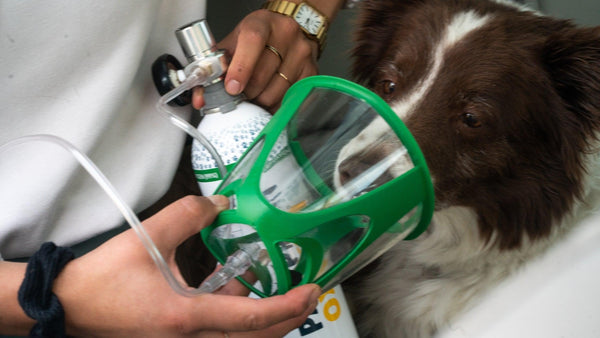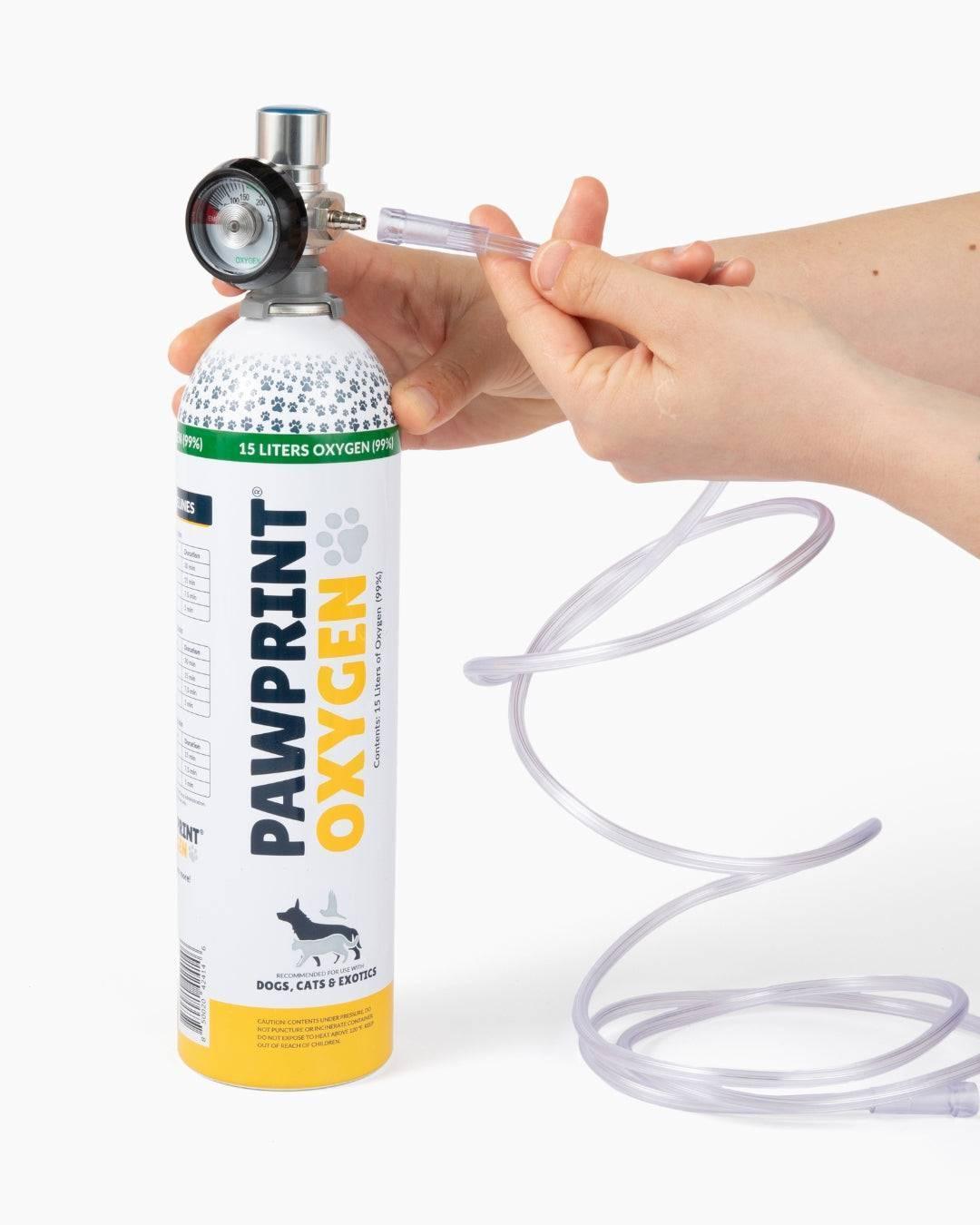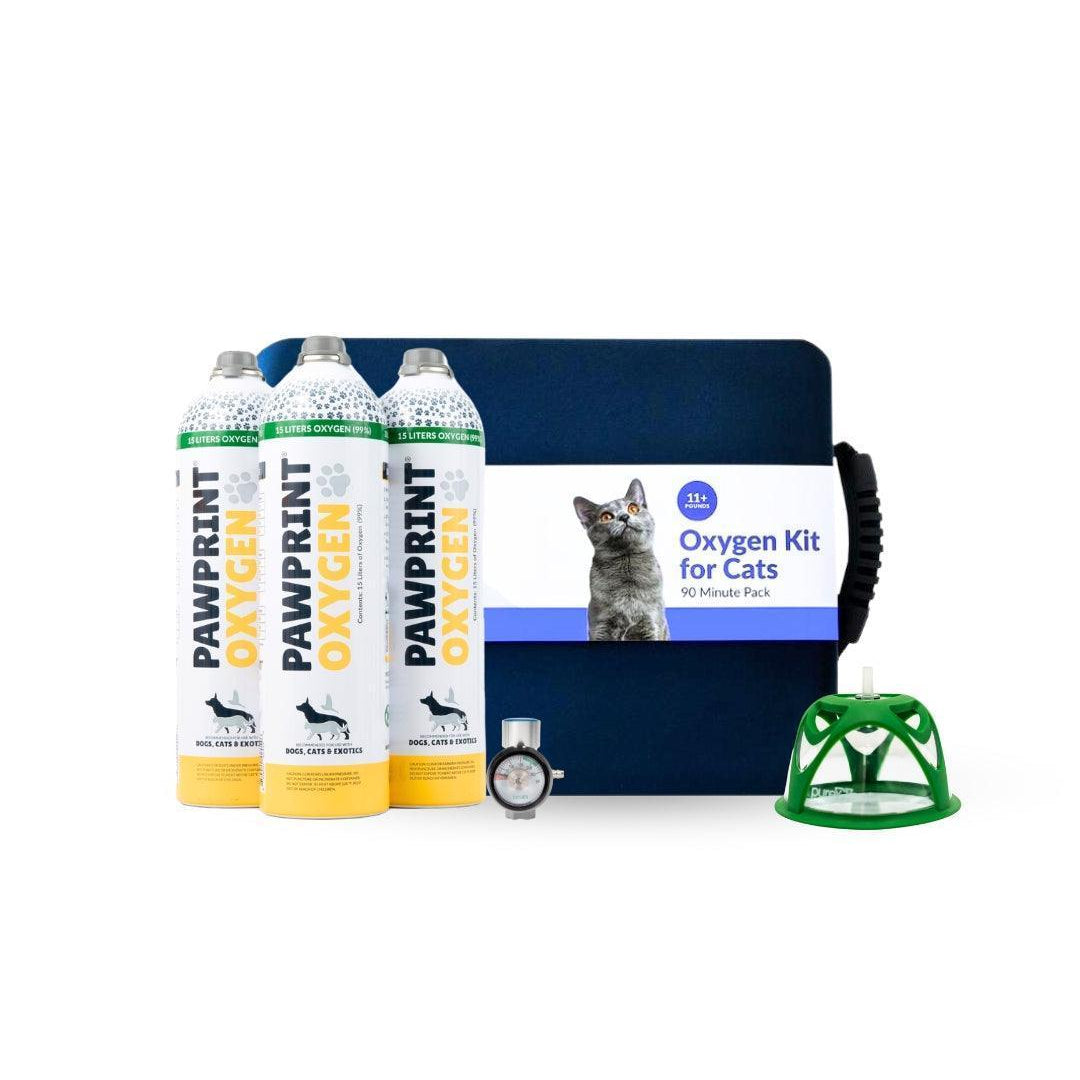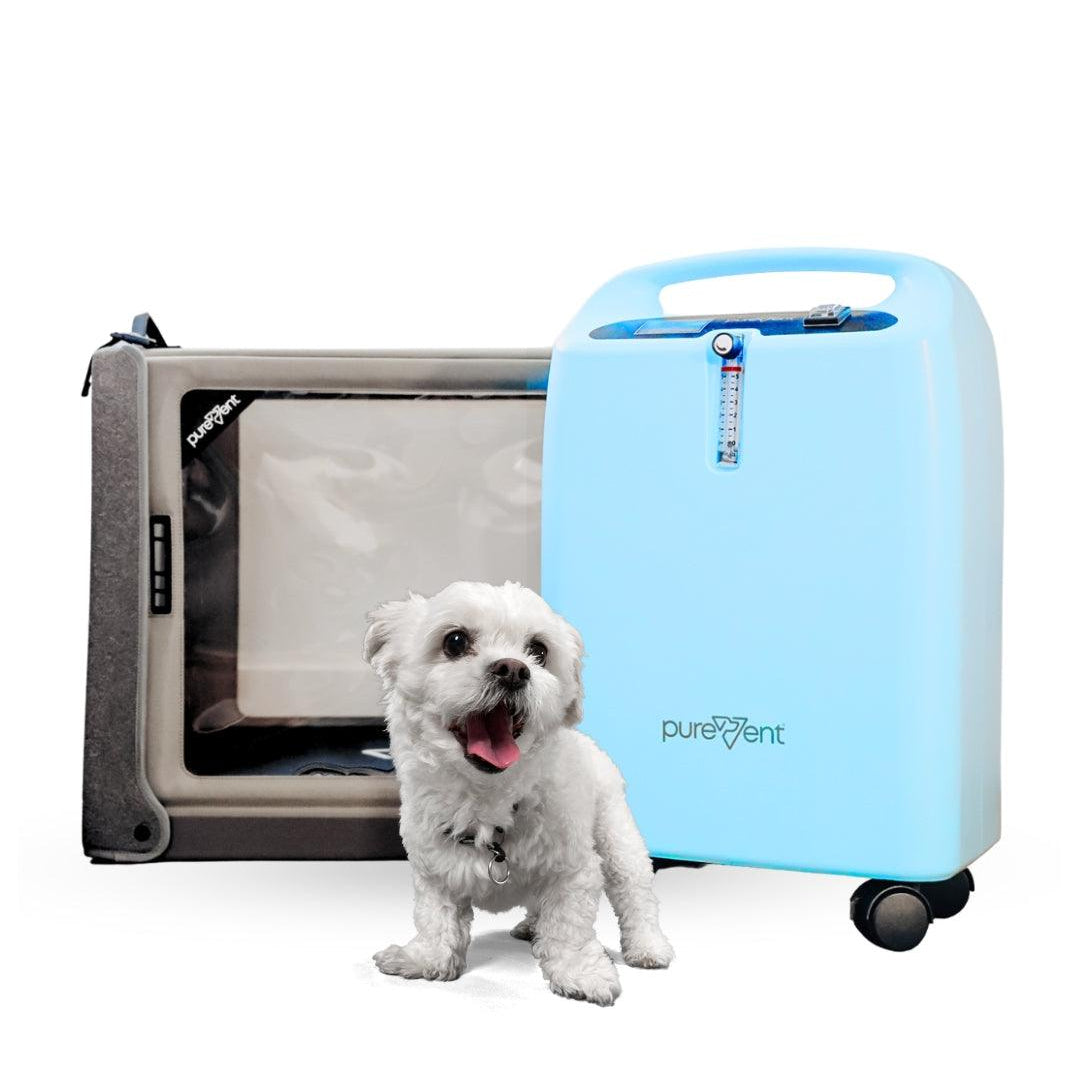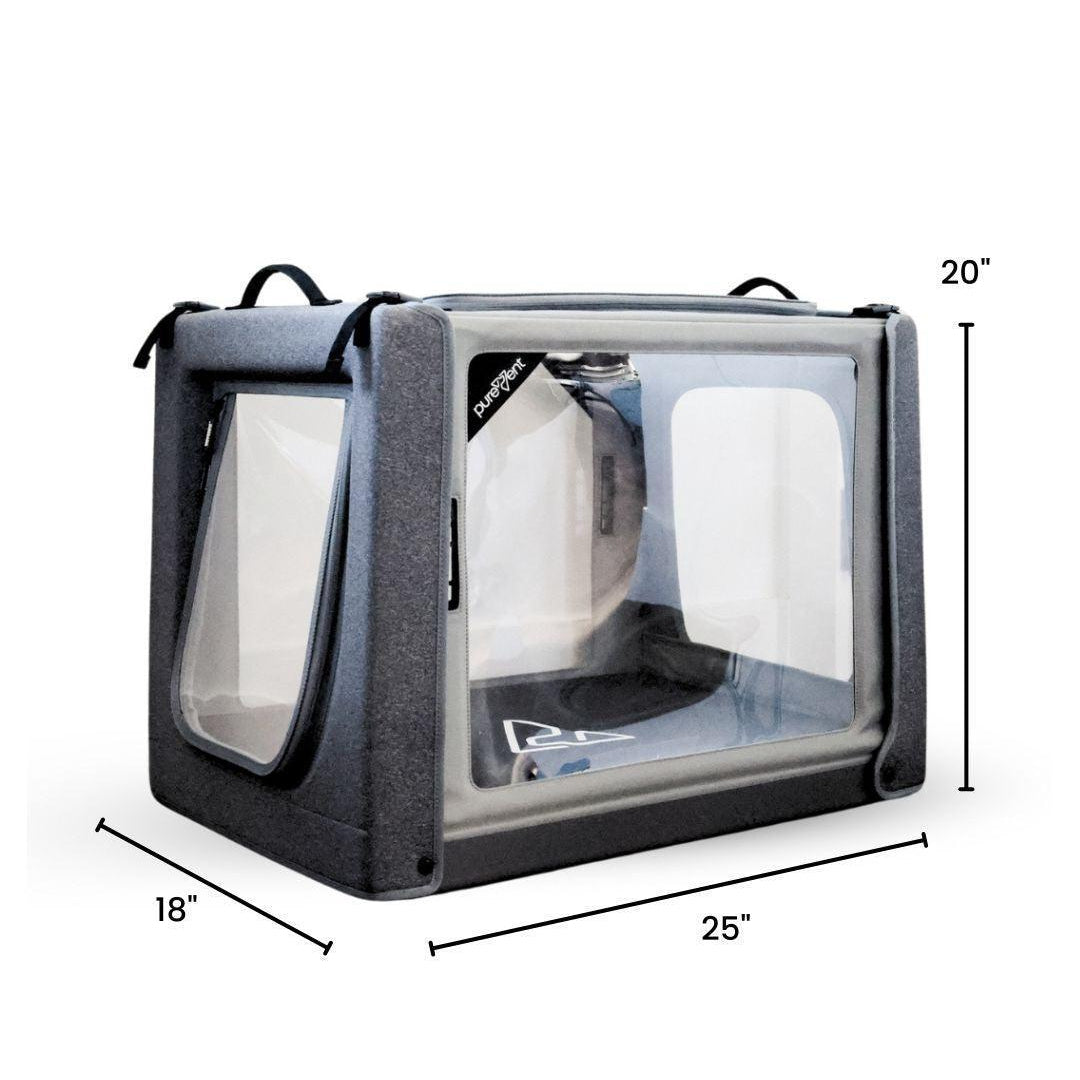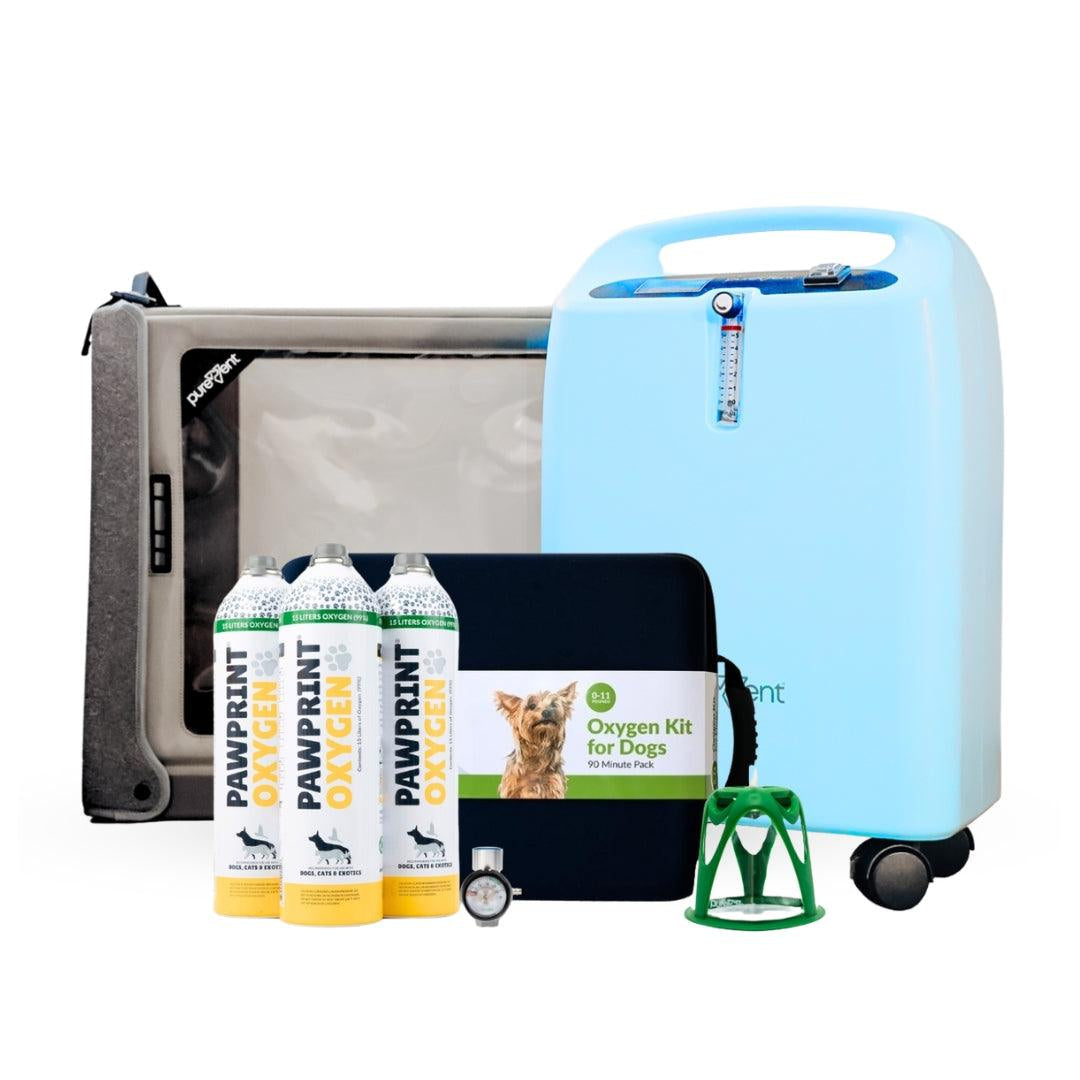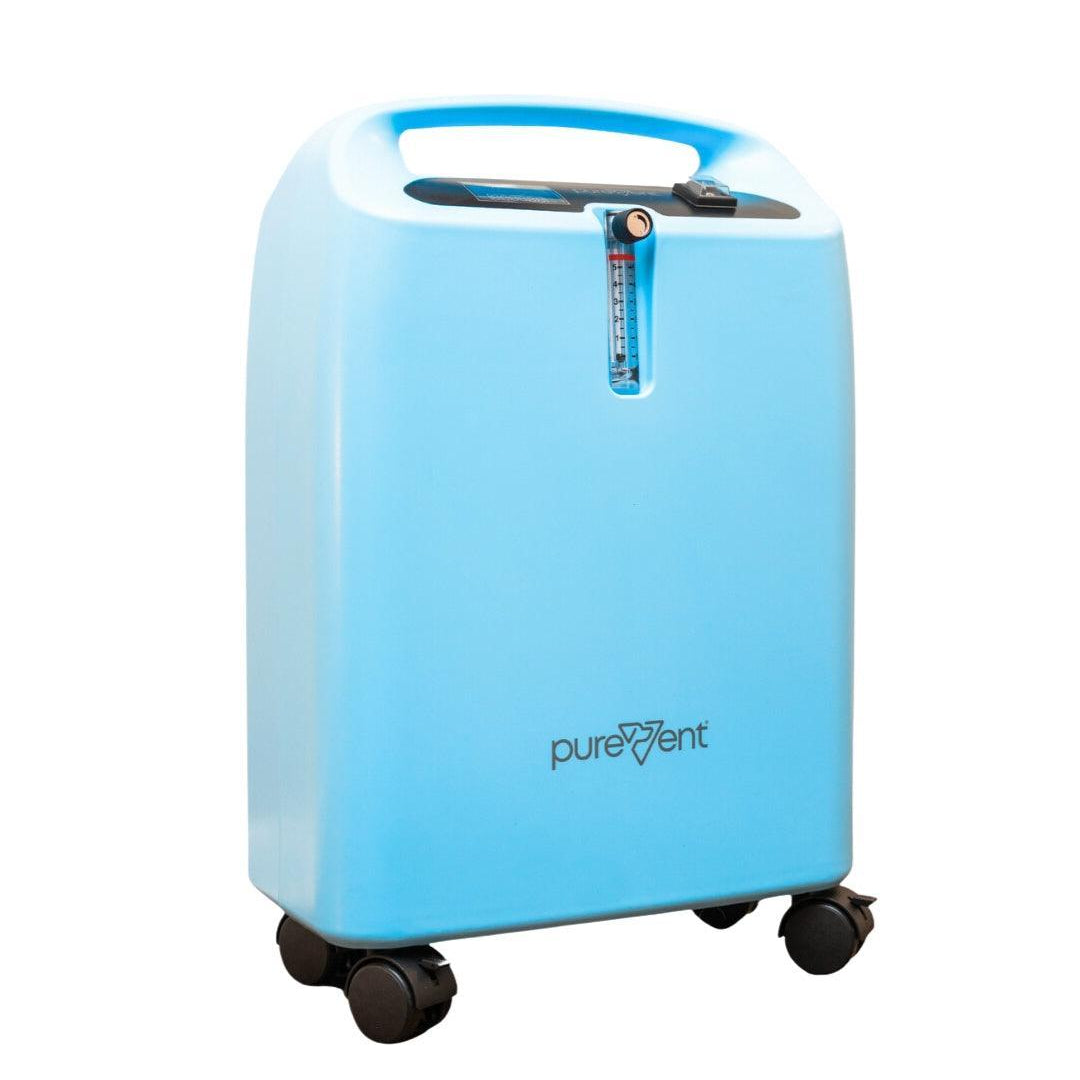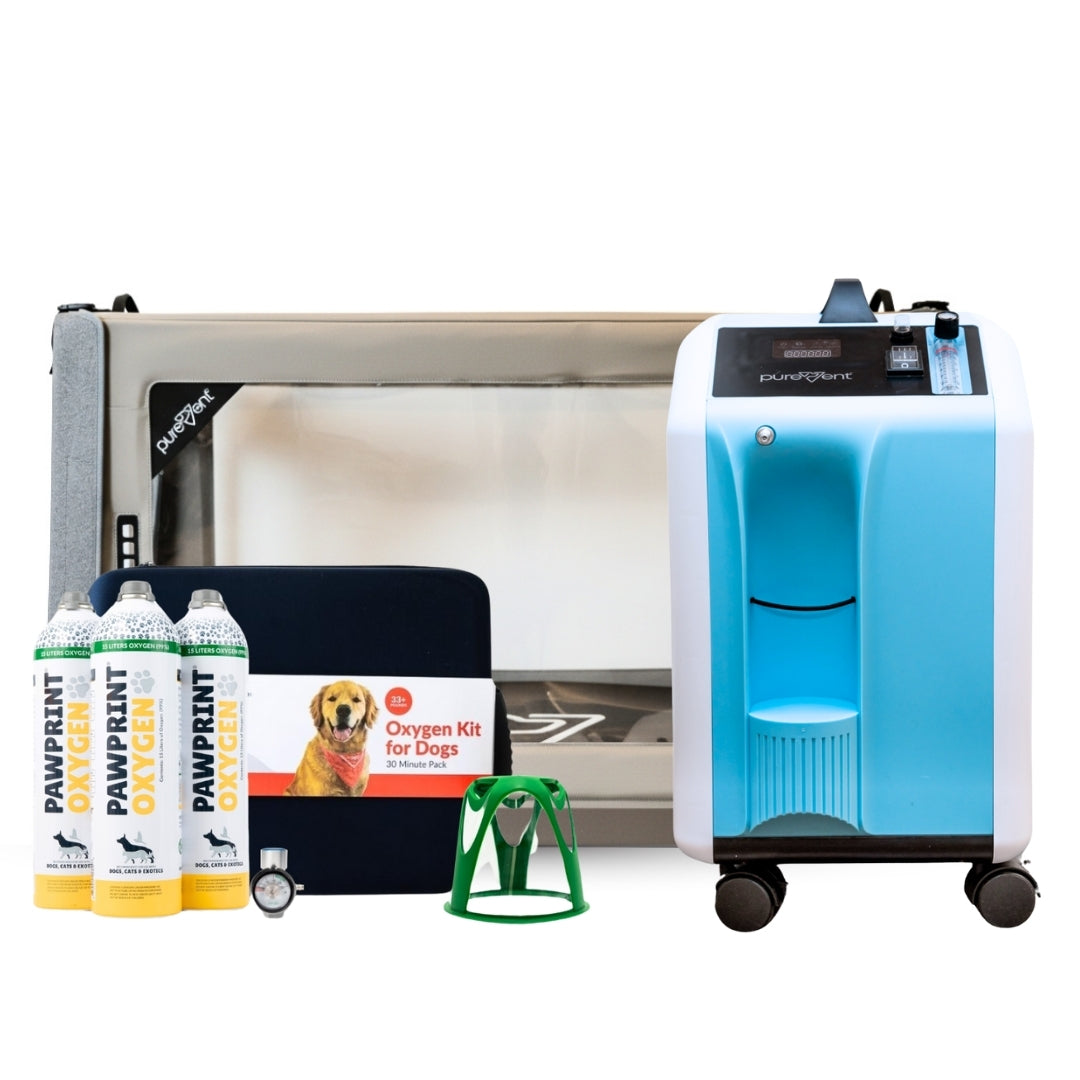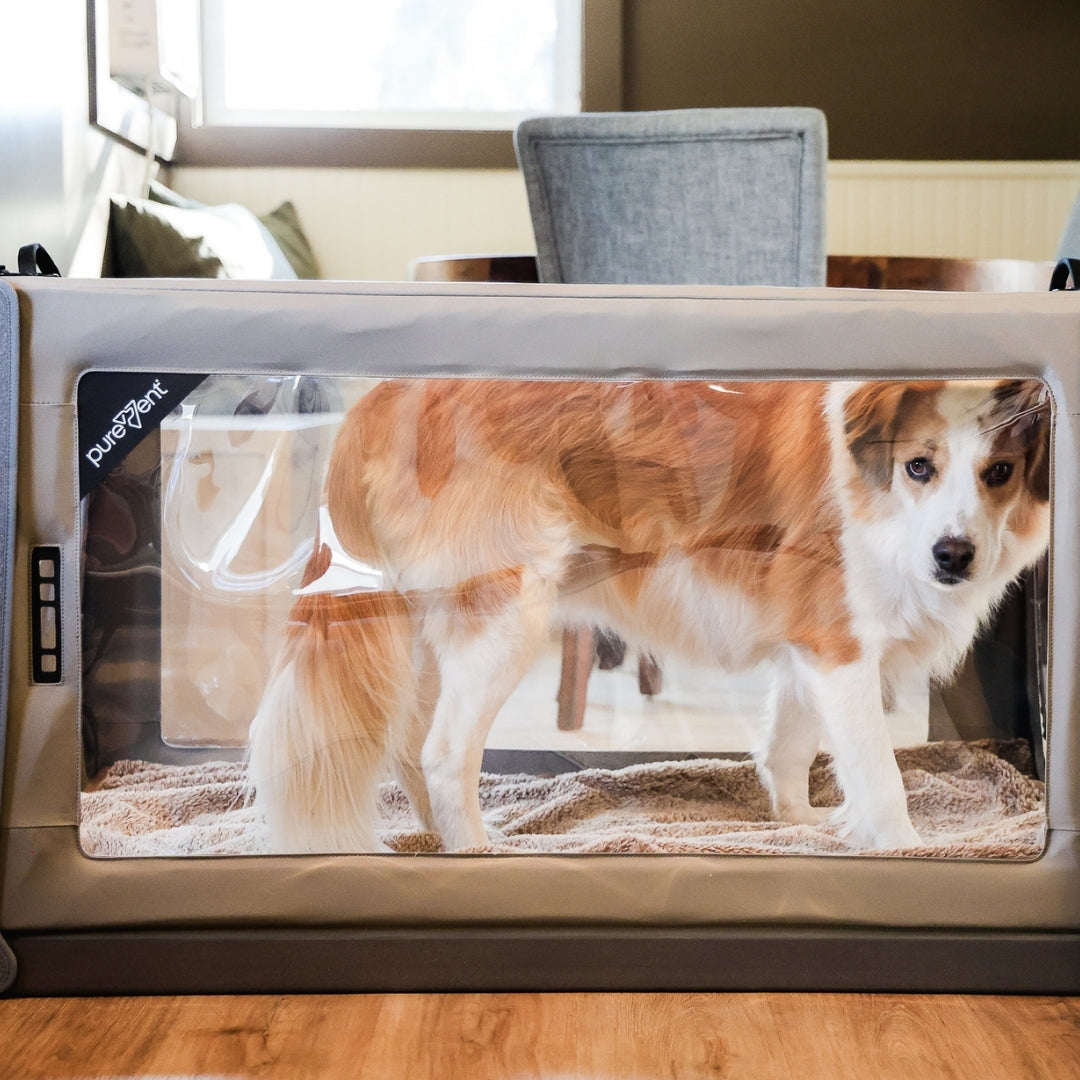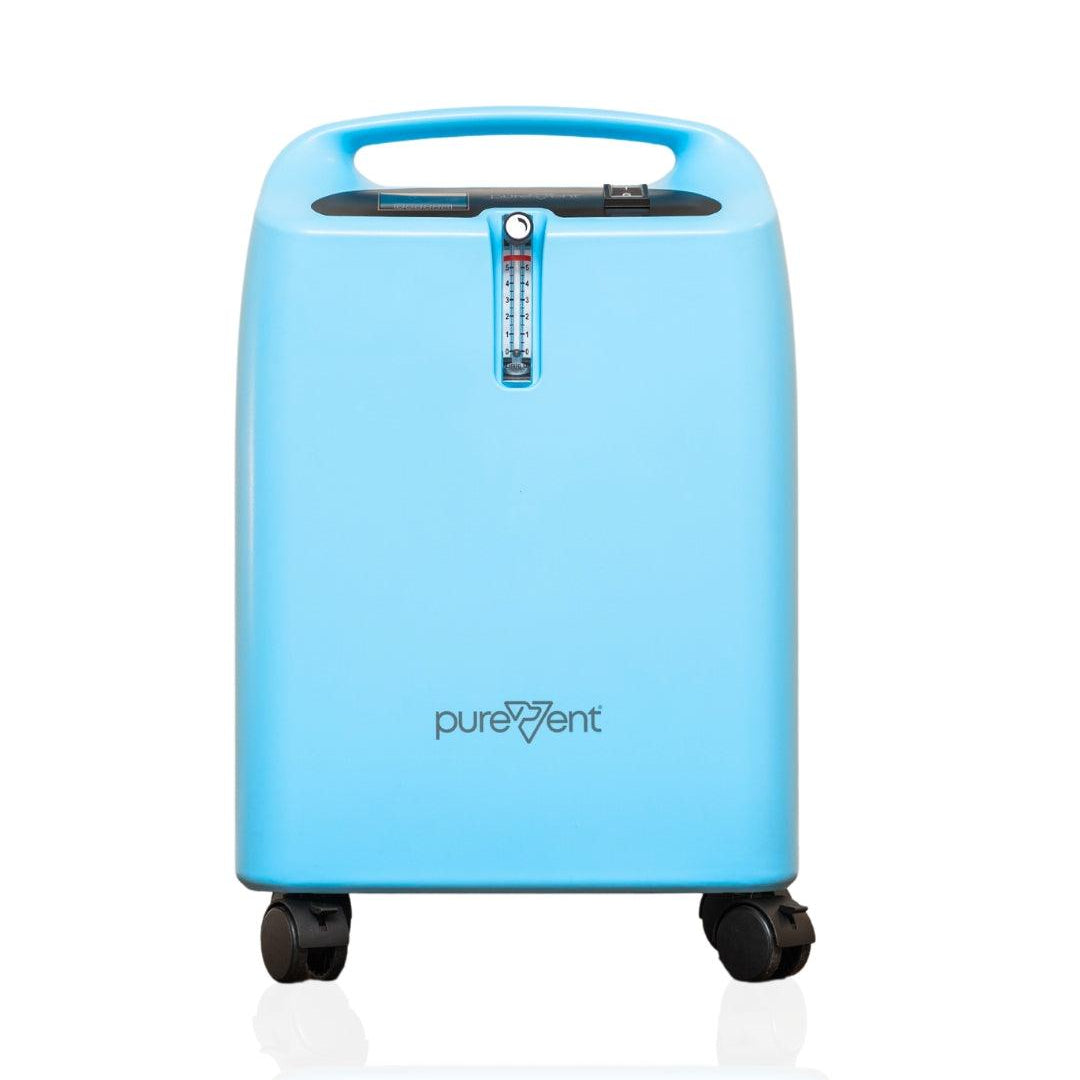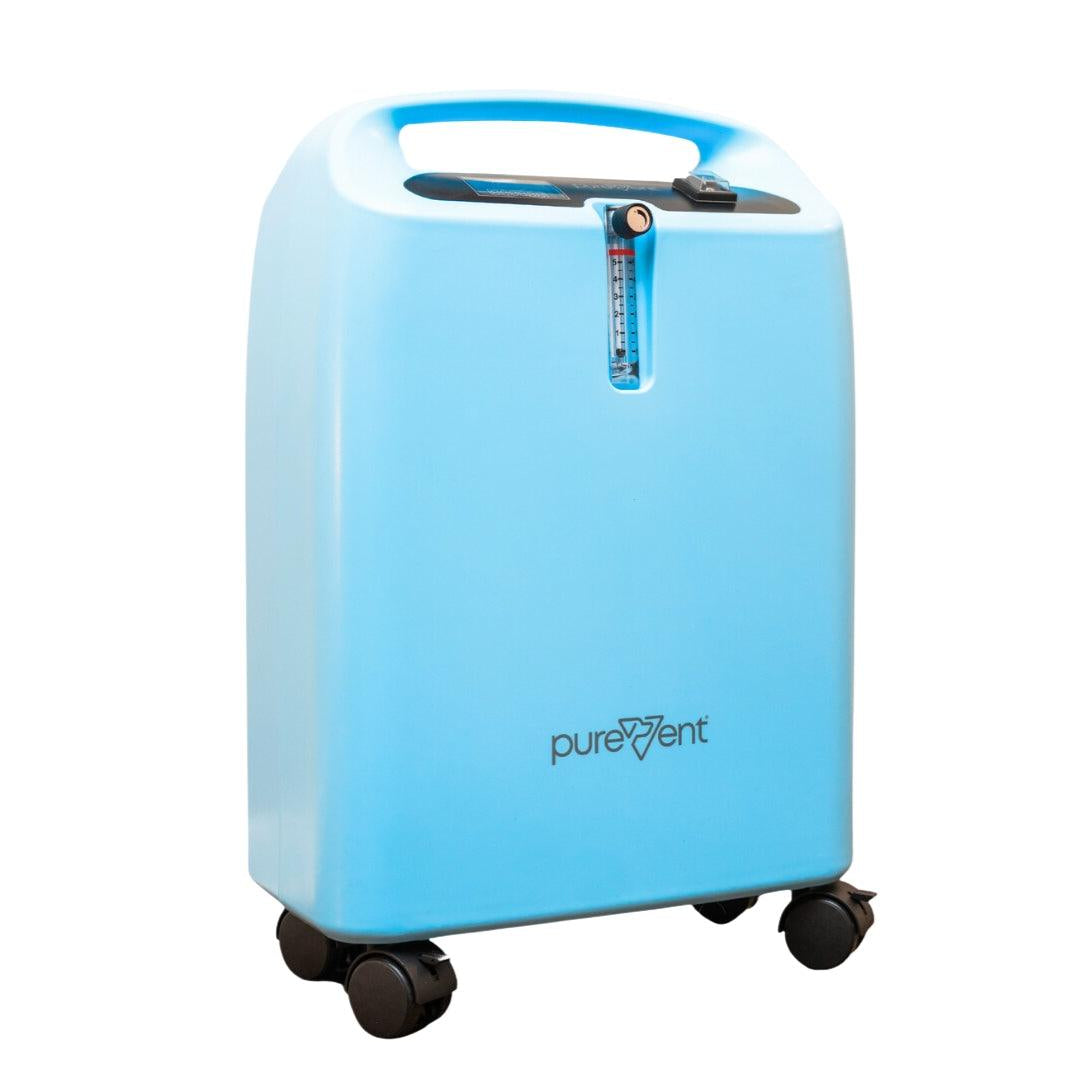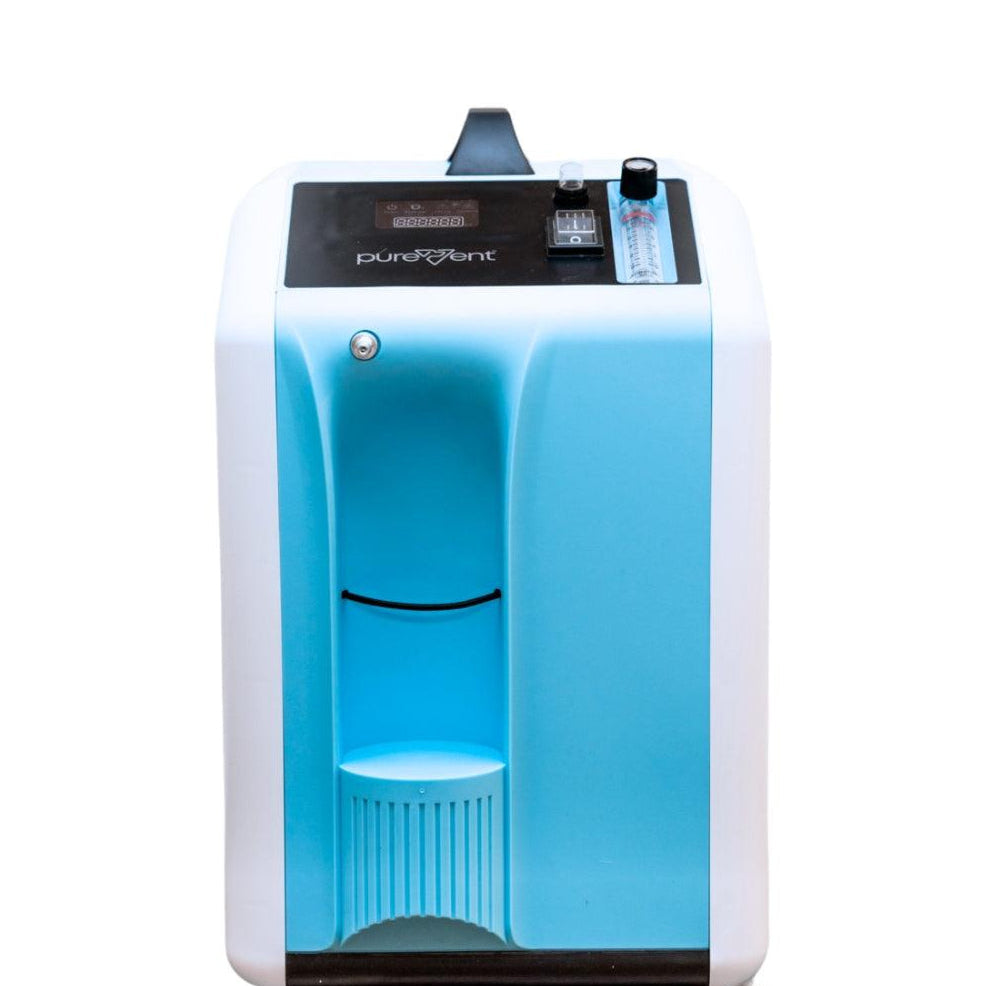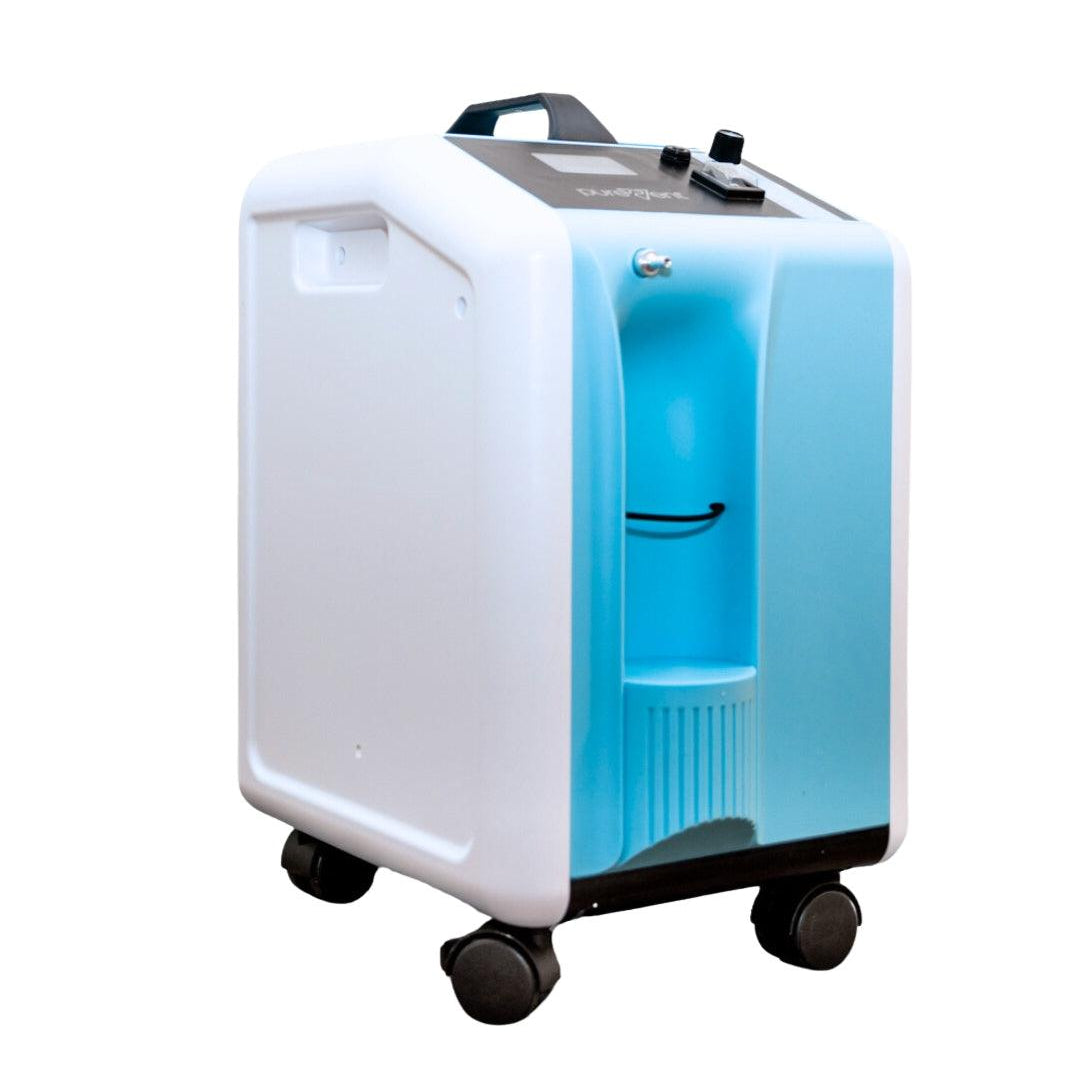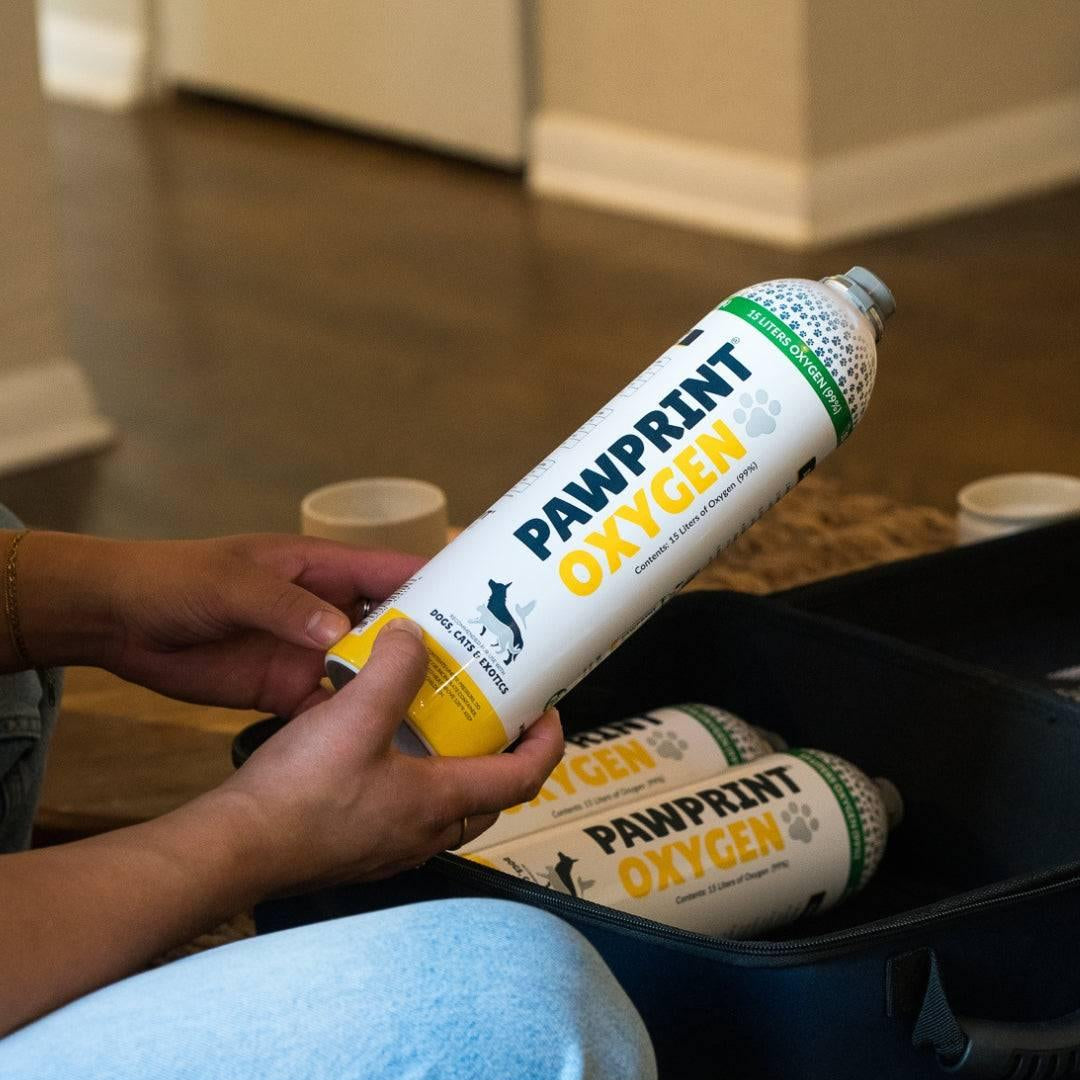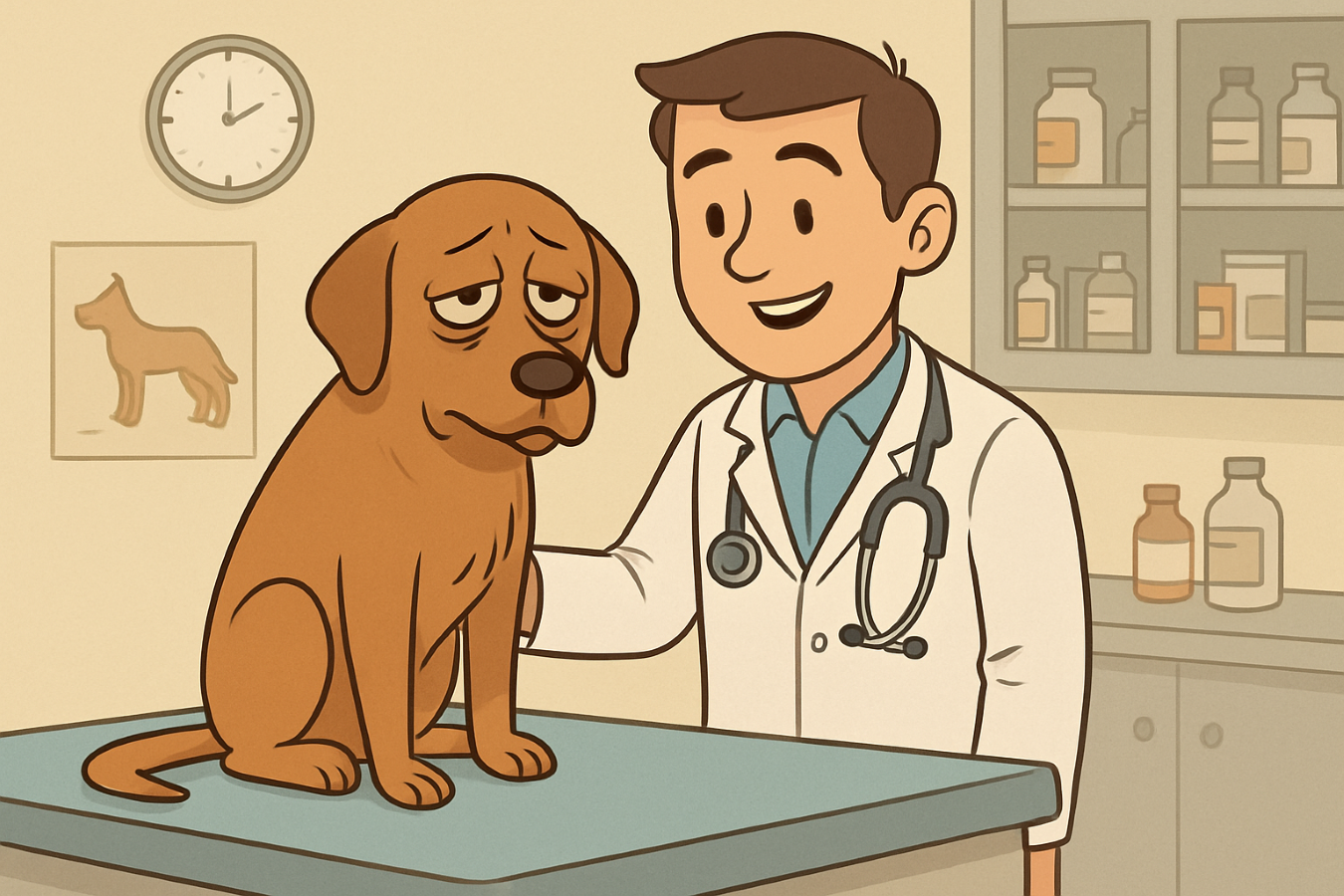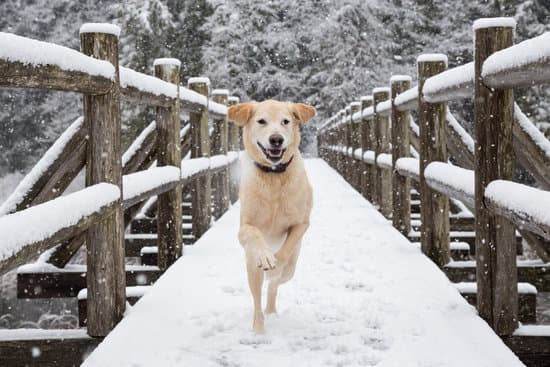If your pet has ever started coughing, breathing heavily, or just seemed “off,” you know how quickly concern can turn into fear. When our furry family members struggle to breathe, every second feels urgent. One possible, and often overlooked, cause is fungal pneumonia, a lung infection caused by inhaling microscopic fungal spores from the environment.
Unlike bacterial or viral pneumonia, fungal pneumonia doesn’t spread from pet to pet. Instead, it’s picked up outdoors, often during everyday activities like digging in soil, sniffing around decaying leaves, or running through dusty fields. While it can affect any pet, dogs are more commonly diagnosed than cats, especially in certain geographic regions where these fungi naturally live.
Early detection is critical. Left untreated, fungal pneumonia can spread beyond the lungs to the eyes, bones, or even the brain, making recovery far more difficult. But with prompt veterinary care and the right treatment plan, many pets go on to live full, happy lives. This guide will help you recognize the signs, understand the treatment options, and learn how you can support your pet through recovery starting from the very first symptom.
Table of Contents

What is Fungal Pneumonia?
Fungal pneumonia is a lung infection caused by breathing in tiny spores released by certain fungi in the environment. These spores are too small to see with the naked eye and are often found in soil, decaying plants, or areas contaminated with bird or bat droppings. Once inhaled, the spores can settle deep in the lungs, multiply, and trigger inflammation that makes it hard for your pet to breathe.
Fungal pneumonia is different from other common forms:
- Bacterial pneumonia is usually caused by bacteria entering the lungs, often after another illness or inhaling food/water into the airways.
- Viral pneumonia is caused by viruses, sometimes as a complication of kennel cough or other respiratory infections.
- Aspiration pneumonia happens when food, vomit, or liquid is accidentally inhaled into the lungs.
The difference matters, because fungal pneumonia requires a completely different treatment approach since antibiotics and antiviral medications won’t work. Instead, pets need antifungal medications, and recovery can take months rather than weeks.
While any pet can develop fungal pneumonia, dogs are more commonly affected than cats.
Certain lifestyles and activities increase risk, including:
- Spending lots of time outdoors, especially in wooded or rural areas
- Digging in soil or leaf litter
- Playing in areas with bird or bat droppings
- Hiking, hunting, or fieldwork in regions where specific fungi are common
Knowing whether you live in or visit an area where these fungi are commonly found can help you catch symptoms earlier and get your pet the care they need before the infection spreads.
Causes and Types of Fungal Pneumonia
Fungal pneumonia in pets is caused by different species of fungi that live naturally in the environment. These organisms aren’t dangerous to touch or see; the risk comes when their microscopic spores become airborne and are inhaled deep into the lungs.
Certain fungi are more common in specific regions, which is why where you live or travel with your pet can influence their risk:
Blastomycosis (Blastomyces dermatitidis)
Found in moist soil near rivers, lakes, and streams, especially in the Great Lakes region and along the Ohio, Mississippi, and St. Lawrence River valleys. Dogs that swim, dig, or hunt in these areas are at higher risk.
Histoplasmosis (Histoplasma capsulatum)
Lives in soil enriched with bird or bat droppings, especially in the Midwest and South. It’s common in old barns, chicken coops, caves, and wooded areas with roosting birds.
Coccidioidomycosis (Valley Fever) (Coccidioides immitis / C. posadasii)
Found in dry, dusty soils of the Southwestern U.S., particularly Arizona, New Mexico, parts of Texas, and California’s Central Valley. Dust storms and digging activities increase exposure risk.
Cryptococcosis (Cryptococcus neoformans / C. gattii)
Present worldwide, often in soil contaminated with pigeon droppings. More common in urban areas and can affect both dogs and cats.
Aspergillus and other rare fungi
Aspergillus species usually cause nasal infections in dogs but can rarely spread to the lungs, especially in immunocompromised pets. Other less common fungi may also cause pneumonia in very specific environmental conditions.
Geographic Hotspots
Fungal pneumonia isn’t contagious between pets or from pets to people, but knowing the high-risk regions helps you stay alert to early symptoms. If you live in or visit these areas, be aware of your pet’s outdoor activities, especially in environments where spores are more likely to be disturbed.
How Pets Get Fungal Pneumonia
Most cases of fungal pneumonia in pets start the same way: with a single breath. When your dog or cat inhales microscopic fungal spores from the environment, those spores can travel deep into the lungs. If the body’s immune system can’t destroy them quickly, they begin to multiply, causing inflammation and infection.
These spores are most often found in:
- Soil: especially moist, rich soil near rivers, lakes, or forested areas
- Dust: stirred up by wind, construction, or agricultural activity
- Decaying organic matter: like rotting leaves, compost, or old wood piles
Activities That Increase Risk
Certain everyday activities can unknowingly put pets in the path of fungal spores:
Digging in dirt or leaf litter
Playing in or around construction sites or newly tilled farmland
Hiking in dusty or wooded areas
Swimming or wading in water near shorelines with disturbed soil
Chasing wildlife or exploring areas with bird or bat droppings
Why Summer and Early Fall Can See More Cases
While fungal pneumonia can develop any time of year, summer through early fall often brings more diagnoses in many regions. Warmer, drier conditions and human activity, like construction, farming, and outdoor recreation, can stir up more spores into the air. In the desert Southwest, dust storms during hot, dry months are a known trigger for outbreaks of Valley Fever in dogs.
Being aware of these higher-risk times and activities can help pet parents make small changes, like avoiding certain areas after heavy dust or soil disturbance, that may lower their pet’s exposure risk.

3 Types of Symptoms Pet Parents Should Watch For
Fungal pneumonia can look a lot like other lung problems at first, which is why knowing the signs is so important. Symptoms often develop gradually over days or weeks, but in some pets, they can appear suddenly and progress quickly.
1. Respiratory Symptoms
Because the infection starts in the lungs, breathing-related signs are often the first clue:
- Persistent cough (dry or moist)
- Rapid breathing or shortness of breath
- Difficulty breathing (sometimes with abdominal effort)
- Nasal discharge that may be clear, yellow, or blood-tinged
2. General Illness Signs
As the infection spreads or the body’s immune system ramps up, pets may show:
- Lethargy or reluctance to play
- Fever (warm ears, nose, or body)
- Loss of appetite
- Weight loss over time
3. Signs of Dissemination (Spread Beyond the Lungs)
Some fungi can travel through the bloodstream and affect other parts of the body, which can manifest in more severe symptoms. Signs of dissemination are:
- Limping or joint swelling
- Seizures or other neurological changes
- Eye changes like cloudiness, redness, or sudden vision loss
- Skin lesions or draining sores
When Symptoms Become an Emergency
Seek veterinary care immediately if you notice:
- Severe breathing difficulty (open-mouth breathing in cats, gasping, or blue/pale gums)
- Collapse or extreme weakness
- Sudden seizures
- Signs of distress that worsen quickly
Early treatment can be the difference between a manageable illness and a life-threatening emergency. If something feels wrong, it’s always safer to have your pet checked by a veterinarian right away.
4 Ways Vets Diagnose Fungal Pneumonia
Because fungal pneumonia shares symptoms with other lung diseases, your veterinarian will use a combination of your pet’s medical history, a thorough physical exam, and diagnostic tests to confirm the cause. Pinpointing the infection type early is essential as the treatment for fungal pneumonia is very different from bacterial or viral pneumonia, and the sooner the right medication is started, the better the chances for recovery.
1. Physical Exam and History
Your vet will start by listening to your pet’s lungs and heart with a stethoscope, checking for abnormal lung sounds, and looking for clues such as fever, weight loss, or swollen lymph nodes. They’ll also ask about:
- Recent travel or outdoor activities
- Exposure to dusty, wooded, or moist environments
- Any other pets or animals your pet has interacted with
2. Chest X-rays
X-rays (radiographs) help visualize changes in the lungs, such as:
- Diffuse hazy patterns caused by infection
- Nodules or masses from fungal growths
- Fluid buildup (pleural effusion)
While X-rays can strongly suggest fungal pneumonia, they can’t confirm the exact fungus type as that requires further testing.
3. Bloodwork and Fungal Antigen Testing
Basic blood tests check overall health and organ function, while specialized antigen tests detect proteins from specific fungi in the bloodstream or urine. These tests are especially useful for Blastomyces, Histoplasma, and Coccidioides.
4. Cytology or Culture from Airway Samples
In some cases, your vet may collect samples from the lungs or airways through:
- Tracheal wash: flushing and collecting fluid from the windpipe
- Bronchoalveolar lavage: similar sampling deeper in the lungs
- Fine needle aspiration: a minimally invasive procedure where a thin needle is used to extract a sample of the lung nodules for examination under a microscope.
Under the microscope, fungal spores or yeast forms may be visible, and cultures can grow the fungus for definitive identification.
Can pets fully recover from fungal pneumonia?
Yes, many pets can fully recover from fungal pneumonia, especially if the infection is caught early and treated promptly. Recovery often depends on factors like the type of fungus, the pet’s overall health, and how quickly treatment begins. With proper veterinary care, medication, supplemental oxygen, and follow-up monitoring, many pets return to normal.
What types of pets can get fungal pneumonia?
Fungal pneumonia can affect a variety of pets, including dogs, cats, rabbits, birds, and other small mammals. While dogs, especially those who spend time outdoors, are most commonly diagnosed, any pet can be at risk if exposed to fungal spores in soil, decaying vegetation, or bird droppings. Susceptibility also increases in pets with weakened immune systems.
How long do pets usually have fungal pneumonia before they're cured?
The duration of fungal pneumonia in pets varies, but treatment often lasts several weeks to several months. Some pets may show improvement within a few weeks, while others, especially with more severe infections or underlying health conditions, may require long-term antifungal therapy and ongoing monitoring. Full recovery depends on the type of fungus, the severity of the disease, and the pet’s overall health.
Why Early Testing Matters
Fungal infections can spread beyond the lungs to the eyes, brain, bones, or skin if not treated quickly. Early testing allows for targeted antifungal therapy before serious complications develop, which can mean the difference between a good prognosis and a prolonged, difficult recovery.
Treatment Options for Pets with Fungal Pneumonia
Treating fungal pneumonia takes time, patience, and a carefully tailored plan from your veterinarian. Because these infections don’t respond to antibiotics or antiviral medications, antifungal medications are the cornerstone of therapy, often combined with supportive care to help your pet breathe more easily and maintain strength during recovery.
Antifungal Medications
The most commonly prescribed antifungal drugs for pets include:
- Itraconazole: Often the first choice for many fungal infections; well-tolerated by most dogs.
- Fluconazole: Preferred for certain fungi (like Valley Fever) and cases with eye or brain involvement because it penetrates these areas well.
- Amphotericin B: A potent drug reserved for severe cases or when other medications are not effective. Usually given in the hospital due to possible kidney side effects.
Treatment Duration: Most pets need antifungal therapy for several months, and in some cases up to a year. Your vet will usually continue medication for at least 2–3 months after symptoms resolve to prevent relapse.
Side Effects and Monitoring: Antifungals can affect the liver, so regular blood tests are essential. You may also see mild digestive upset, decreased appetite, or changes in energy levels, and it is recommended that you report these to your vet right away.
Supportive Care
Severe cases of fungal pneumonia often require hospitalization, at least at the beginning of treatment, to stabilize your pet and improve breathing. Supportive care may include:
- IV fluids to maintain hydration
- Oxygen therapy for pets in respiratory distress
- Nutritional support (sometimes syringe feeding or appetite stimulants)
- Pain relief or anti-inflammatory medications in select cases, as directed by your veterinarian
At-Home Supplemental Oxygen Therapy
For pets that still need help breathing comfortably after leaving the hospital, your vet may recommend home oxygen therapy. This can be a game-changer in recovery, especially for pets who need extended respiratory support but do better in the comfort of their own home.
When It’s Recommended:
- After hospital stabilization, when breathing is improved but still labored
- For ongoing respiratory support during long-term treatment
Types of Home Oxygen Setups:
- Oxygen concentrators with pet oxygen masks or oxygen chambers for daily therapy sessions or continuous support during flare-ups
- Portable oxygen kits for short-term use or emergency transport to the vet
Safety Tips:
- Keep oxygen sources far from open flames or heat as oxygen can fuel a fire
- Use only under veterinary direction
- Monitor your pet’s breathing, comfort, and stress level while receiving oxygen therapy, especially when using an oxygen chamber
Benefits:
- Eases respiratory distress
- Allows pets to rest and heal in a familiar environment
- Reduces the stress that can come from repeated hospital visits
When to Return to the Vet Immediately:
- Worsening breathing or increased respiratory rate
- Extreme lethargy or unresponsiveness
- Collapse or blue/pale gums
With the right combination of antifungal therapy, supportive care, and, when needed, at-home oxygen support, many pets can recover and return to their normal, comfortable lives.
Pawprint Oxygen’s portable oxygen kit for dogs can be a vital support tool for dogs diagnosed with fungal pneumonia. Because fungal pneumonia impairs lung function and reduces oxygen levels in the blood, supplementing with oxygen helps ensure more effective tissue oxygenation while the infection is treated—easing the strain on the compromised respiratory system and supporting recovery.
Pawprint Oxygen's kits are designed for ease of use at home or during transport: lightweight canisters, the efficient PureVent pet mask, and enhanced oxygen flow all help stabilize breathing and reduce hypoxia symptoms in the interim while antifungal medications do their work.
Prognosis
The outlook for a pet with fungal pneumonia depends on several key factors, but the most important is how quickly the infection is identified and treated. Early diagnosis gives antifungal medications the best chance to work before the infection spreads or causes permanent lung damage.
Factors That Influence Recovery
- Early diagnosis and treatment: The sooner therapy begins, the better the chances for a full recovery.
- Overall health: Strong, otherwise healthy pets tend to respond better to treatment.
- Type of fungus: Some fungal infections (like Blastomyces or Histoplasma) respond well to medication when caught early, while others (like Coccidioides in Valley Fever) can be more stubborn or require longer treatment.
Pets with Pre-Existing Lung Conditions
Conditions such as pulmonary hypertension or chronic bronchitis can complicate recovery. Pets with compromised lung function may have:
- A harder time maintaining normal oxygen levels
- Increased respiratory distress during treatment
- Greater need for long-term oxygen support or anti-inflammatory care
While these pets can still improve with antifungal therapy, their recovery may be slower and require closer monitoring by a veterinarian.
Relapse Risk
Even after months of treatment, there is a risk of the infection returning, especially if medications are stopped too soon or if the fungus remains dormant in the body. Your vet will likely continue antifungals for at least 2–3 months after clinical signs resolve and may re-test before discontinuing medication.

Long-Term Medication in Some Cases
Some pets, particularly those with Valley Fever or infections that have spread to the bones, eyes, or brain, may require lifelong antifungal therapy to keep the fungus under control. This can sound daunting, but many pets adapt well and enjoy a good quality of life with consistent treatment and monitoring.
With vigilance, patience, and close partnership with your veterinarian, many pets with fungal pneumonia can recover and return to normal.
3 Ways to Prevent Fungal Pneumonia
While it’s not always possible to completely prevent fungal pneumonia, especially if you live in or visit an endemic area, you can take steps to reduce your pet’s exposure to the fungi that cause it. Prevention is especially important for pets with compromised immune systems, chronic respiratory problems, or those who’ve had fungal pneumonia in the past.
1. Avoid High-Risk Environments
If you know your region is home to certain fungi, be cautious about where your pet plays and explores. In the Great Lakes and river valley regions, avoid areas with damp, disturbed soil. In the Southwest, steer clear of dry, dusty open fields and desert washes, especially after long dry spells or during construction.
2. Limit Exposure to Known Spore Sources
- Keep pets away from bird or bat droppings, especially in barns, attics, chicken coops, or caves.
- Avoid letting dogs dig in leaf litter, compost piles, or rotting wood.
- Don’t let pets roam near construction sites, excavation areas, or newly tilled farmland, where spores can be stirred into the air.
- In desert regions, bring pets inside during dust storms or high winds.
3. Be Aware of Seasonal Spikes
Some fungi are more likely to be inhaled during certain times of year. In many areas, late summer through early fall brings an increase in cases due to dry soil, dust, and more outdoor activity. Being extra cautious during these times and knowing the signs of early infection can help you act quickly if your pet becomes ill.
While you can’t shield your pet from every environmental risk, staying informed and making small changes to outdoor routines can go a long way toward protecting them.
Supporting Your Pet During Recovery
Recovering from fungal pneumonia can be a long process, but the care your pet receives at home is just as important as the treatment they get at the veterinary clinic. With patience, consistency, and a little extra TLC, you can help your pet heal more comfortably and improve their chances for a full recovery.
- Give Medication as Prescribed: Antifungal medications must be given exactly as directed. Missing doses or stopping early can allow the fungus to rebound, making the infection harder to treat. Use reminders, pill organizers, or phone alarms to help you stay on schedule.
- Keep All Follow-Up Appointments: Your veterinarian will want to monitor your pet’s progress through exams, bloodwork, and sometimes repeat imaging or antigen testing. These visits are essential for adjusting medications, checking for side effects, and deciding when it’s safe to reduce or stop treatment.
- Monitor Breathing Rate at Rest: Learning how to count your pet’s respiratory rate while they’re sleeping is one of the most useful tools during recovery. An adult dog’s normal resting rate is usually less than 30 breaths per minute (cats are similar, though often slightly faster). If you notice a consistent increase, especially over 40 breaths per minute at rest, call your veterinarian promptly.
- Limit Activity Until Cleared by Your Vet: Even if your pet seems to have more energy, their lungs need time to heal. Avoid long walks, vigorous play, or roughhousing with other pets until your veterinarian says it’s safe to return to normal activity. Overexertion can trigger setbacks.
- Offer Emotional Support: Illness, frequent vet visits, and changes in routine can make pets anxious. Provide a quiet, comfortable space to rest, keep a familiar blanket or toy nearby, and offer gentle interaction. Calm, reassuring routines can help reduce stress and stress can affect the healing process.
With attentive home care and ongoing communication with your veterinary team, many pets with fungal pneumonia not only recover but return to their happy, active selves.
When to Seek Emergency Care
Even with treatment, fungal pneumonia can take sudden turns for the worse. Knowing the warning signs of a medical emergency can save your pet’s life. If you notice any of the following, seek veterinary care immediately. Don’t wait until your next scheduled appointment.
- Severe breathing difficulty that does not improve with rest or prescribed oxygen therapy. This may look like open-mouth breathing in cats, exaggerated chest and belly movement, or gasping for air.
- Blue or gray gums or tongue, which indicate dangerously low oxygen levels.
- Seizures, trembling, or sudden loss of coordination, which could signal fungal spread to the brain or other neurological complications.
- Sudden vision loss or obvious changes in the eyes (severe redness, cloudiness, or swelling).
- Collapse or extreme lethargy, where your pet cannot stand or seems unresponsive.
These signs mean your pet needs urgent attention, ideally at a veterinary emergency clinic equipped for oxygen therapy and advanced monitoring. Acting quickly in these moments can mean the difference between a manageable setback and a life-threatening crisis.
Getting Back to Normal
Fungal pneumonia is a serious illness, but with early diagnosis, the right treatment, and attentive home care, many pets make a full recovery and return to their normal behavior. The key is acting quickly as the sooner your veterinarian can start antifungal therapy and supportive care, the better the chances for success.
As a pet parent, trust your instincts. If your dog or cat is coughing, struggling to breathe, or just seems “off,” don’t wait and see; have them evaluated as soon as possible. You know your pet better than anyone, and early intervention can be crucial.
While the journey can be long, you won’t be taking it alone. Your veterinary team will guide you every step of the way, and your care, patience, and love will make all the difference. With time, consistency, and a little extra TLC, your pet can overcome fungal pneumonia and get back to enjoying the simple joys of life, from sunny naps to playful walks, right by your side.
Key Takeaways:
- Fungal pneumonia is a lung infection caused by inhaling microscopic spores from the environment. It is not contagious between pets or from pets to people.
- Dogs are more commonly affected than cats, especially those who spend time outdoors in endemic regions such as the Great Lakes, river valleys, the Midwest/South, and the desert Southwest.
- Early detection and treatment with antifungal medications greatly improve recovery chances; antibiotics and antiviral medications will not work for fungal infections.
- Symptoms include cough, rapid or difficult breathing, lethargy, fever, weight loss, and in advanced cases, eye changes, seizures, or limping.
- Diagnosis requires veterinary testing such as chest X-rays, fungal antigen tests, and airway sampling.
- Treatment involves long-term antifungal medications, supportive care, and in some cases at-home supplemental oxygen therapy to ease breathing.
- Prompt veterinary care for emergencies, such as severe breathing distress, blue gums, seizures, or collapse, can save your pet’s life.

